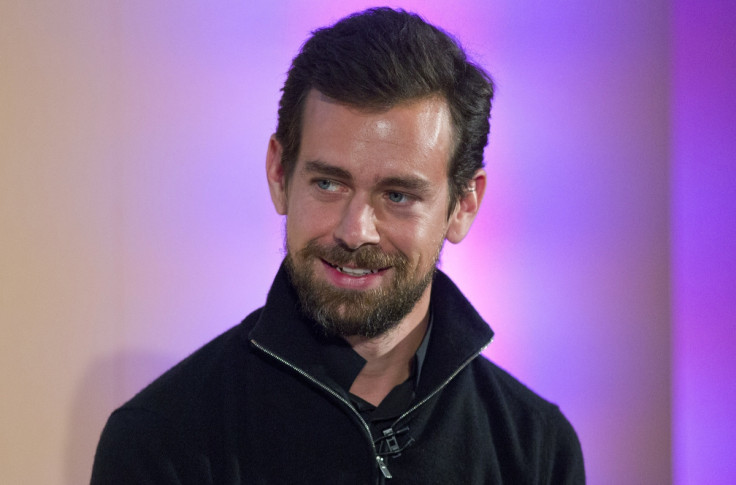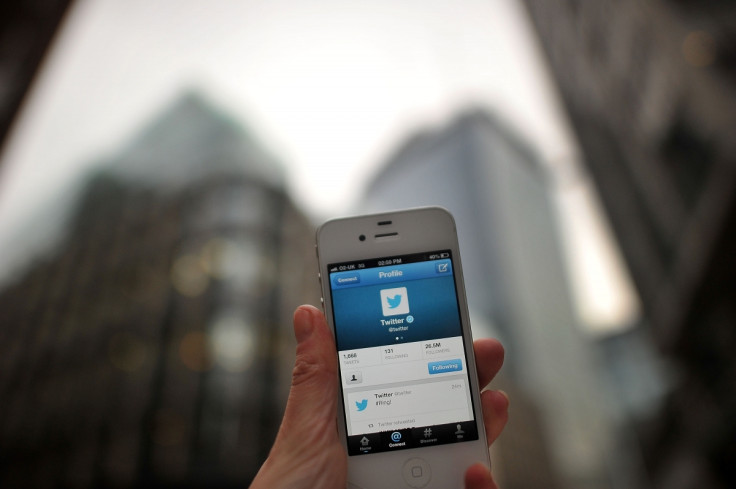Twitter turns first profit, but even the ramblings of Trump can't boost user growth
Twitter beat Wall Street's expectations with its first quarterly profit ever.

Twitter beat Wall Street's cautious expectations with its first quarterly profit in history, but that isn't going to solve the company's broader problems any time soon.
The company isn't alone in dealing with abuse, fake accounts and attempts by Russian agents to spread misinformation. But with its troubles compounded by a revolving door of executives and stagnant user growth, Twitter has been facing questions about just who's minding the store.
Every time Twitter tries to respond to a problem, it's either not good enough, or some other problem emerges. "They are playing whack-a-mole with these problems," said Michael Connor, whose Open Mic group helps investors push tech companies to address privacy, abuse and other issues.
"They say they have the problem under control, but they don't know what the problem is exactly."
User growth has stagnated at Twitter, even as president Donald Trump's no-holds barred tweets have attracted plenty of attention to it from around the world.
Twitter faces stiff competition for people's attention from much bigger and more established rivals like Facebook along with younger services such as Snapchat and Instagram.
On Thursday (8 February), the company said it had an average of 330m monthly active users in the final three months of last year, unchanged from the previous quarter and below Wall Street's estimate of 333m.
In some good news, the company grew revenue by 2% to $732m, above the $687m that analysts polled by FactSet were expecting. Its net income — a first in the company's nearly 12-year history — was $91m, or 12 cents per share. Adjusted earnings were 19 cents, above analysts' expectations of 14 cents. The company's stock jumped 25% in pre-market trading.
"A breath of fresh air"
The quarter "was a breath of fresh air for investors that have patiently awaited for this turnaround story to manifest after years of pain," said Daniel Ives, head of technology research at GBH Insights.
Nonetheless, Twitter has big challenges ahead. Connor said that while investors don't want to micromanage Twitter, they at least want the company "to show that there is a level of management and governance on the senior level in place willing to address these issues."
Like Google and Facebook, Twitter sent executives to exhaustive congressional hearings last fall to talk about how Russia used social media services to meddle with the presidential elections.
And in a separate hearing, terrorism expert Clint Watts said Google and Facebook are ahead of Twitter in weeding out extremist content.
He said that's because Twitter relies too much on technology and not enough on threat intelligence and coordination with outside experts and officials. Twitter has also been dealing with hateful comments from white supremacists and other abusive users.
The company has enacted a slew of new policies, but enforcing them will be a bigger hurdle.
Connor's group recently helped two large Twitter and Facebook shareholders file resolutions asking the companies to take more responsibility for fake news, abuse and hate speech.
The shareholders also want more information about how widespread the problems are and how the companies deal with them.
The companies have not formally responded, though Twitter has introduced a slew of new measures to weed out abusive account and has said that it "cares deeply" about misinformation and its harmful effect on civic discourse. Then there's the issue of automated accounts made to look like real people.
In the days after a New York Times report on the "shadowy global marketplace" of brands and celebrities buying fake retweets and followers, prominent Twitter users collectively lost more than a million followers, suggesting that Twitter either didn't know or didn't act until the expose.
Fake accounts aren't a new problem for Twitter. Last June, Twitter said it has been "doubling down" on its efforts to weed out such accounts by "expanding our team and resources, and building new tools and processes." It estimates that less than 5% of monthly active users are fake.
But the Times referenced a report saying it could be as high as 15%.
One chief problem: more fake accounts keep popping up, and those behind them are getting smarter, so Twitter's countermeasures haven't made much of a dent.
Forrester Research analyst Erna Alfred Liousas said that while rival social networks such as Facebook deal with fake accounts, too, it may be "more elevated for Twitter" because there has been so much focus on its monthly user numbers. Anything that could jeopardise advertisers' ability to see how many people they will reach, she said, "is going to cause concern."

Twitter's problem is exasperated by the fact that it is much smaller than Facebook and Google. Plus, Twitter is not doing as well financially, which can cause investors to give it less leeway on other problems.
Last month, chief operating officer Anthony Noto announced his resignation from the company following Thursday's earnings report.
Noto, who was also finance chief until last July, has served an influential and important role at the company and had led its venture into live video.
Twitter hasn't replaced Noto, saying only that it would split his duties between "executives."
"Now (that) he's gone, who's running the company?" Wedbush analyst Michael Pachter said. Technically, that's CEO Jack Dorsey. But Dorsey splits his time as head of payments company Square. Twitter has "less than Jack's undivided attention," Pachter said, adding that nonetheless Dorsey runs the company with a "benevolent autocracy" that leaves little room for innovation.
By contrast, Pachter said Facebook CEO Mark Zuckerberg "is not afraid if they alter his baby, his invention, to make it better," even if in the end Zuckerberg may be the final arbiter.
Twitter declined to comment. But Dorsey said at a conference late last year that it's "not about the amount of time I spend at one thing but how I spend the time and what we're focused on."






















